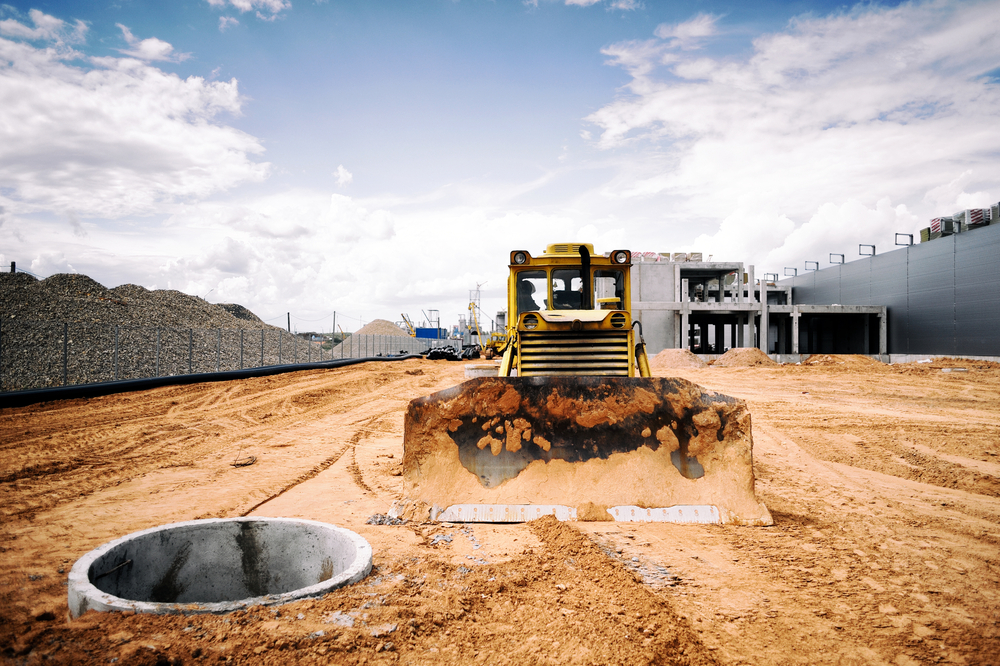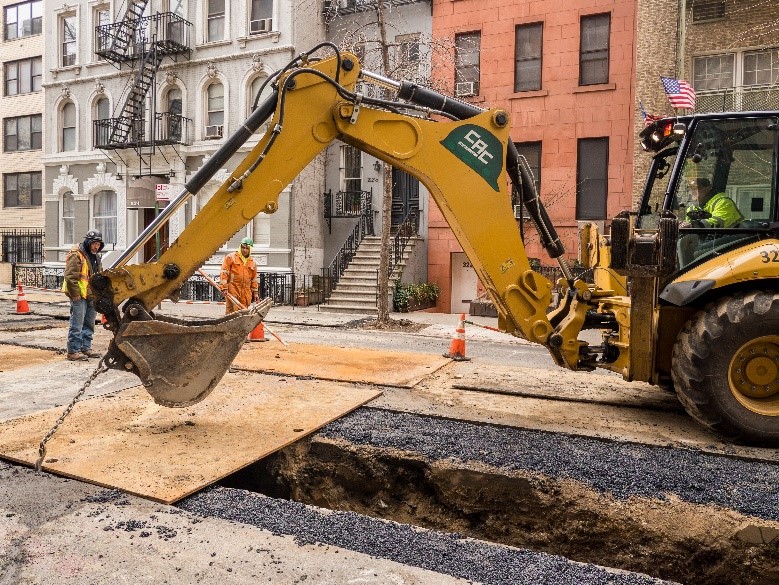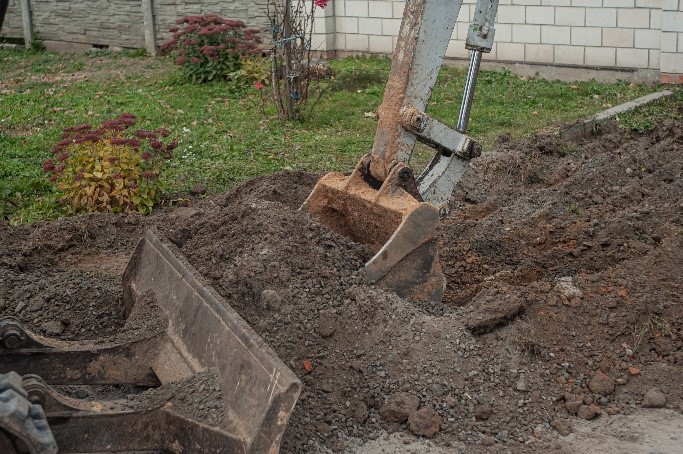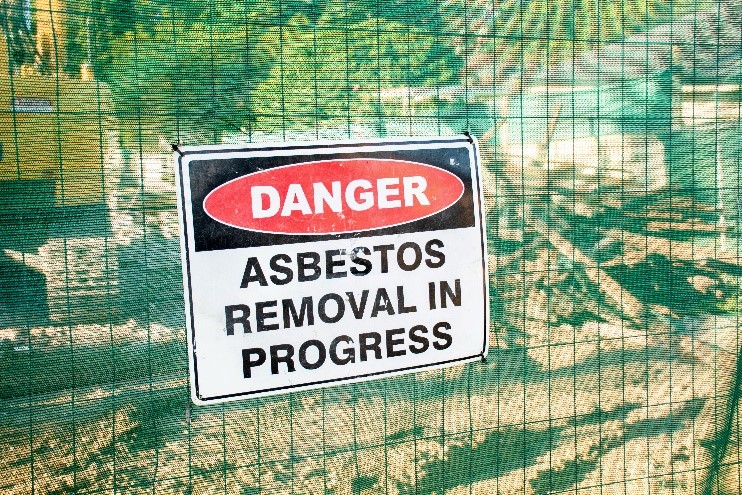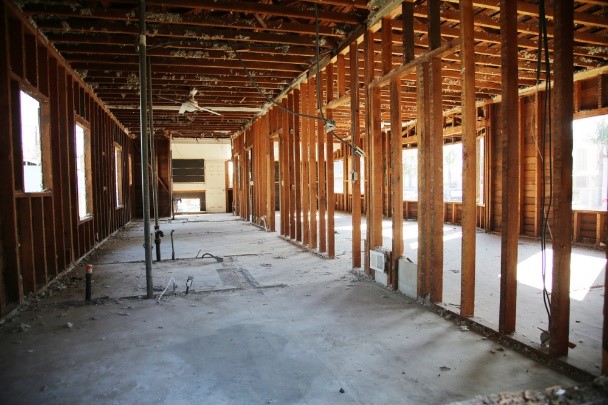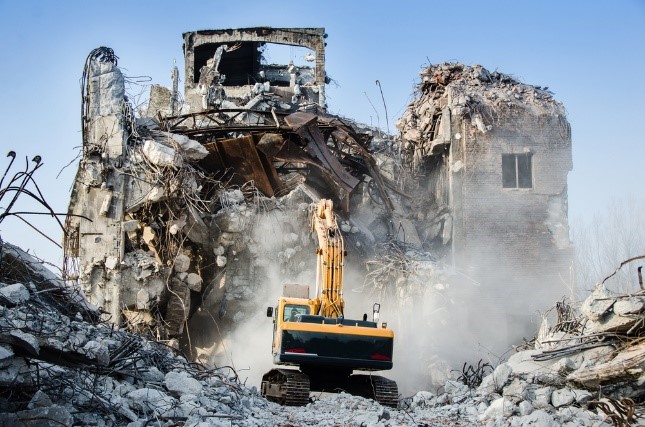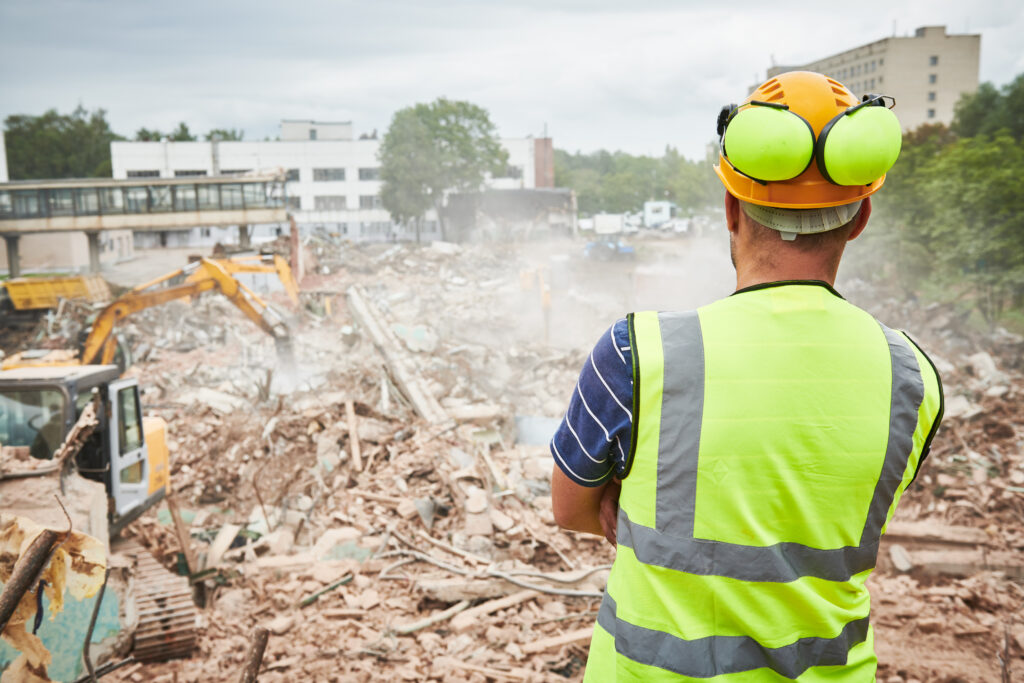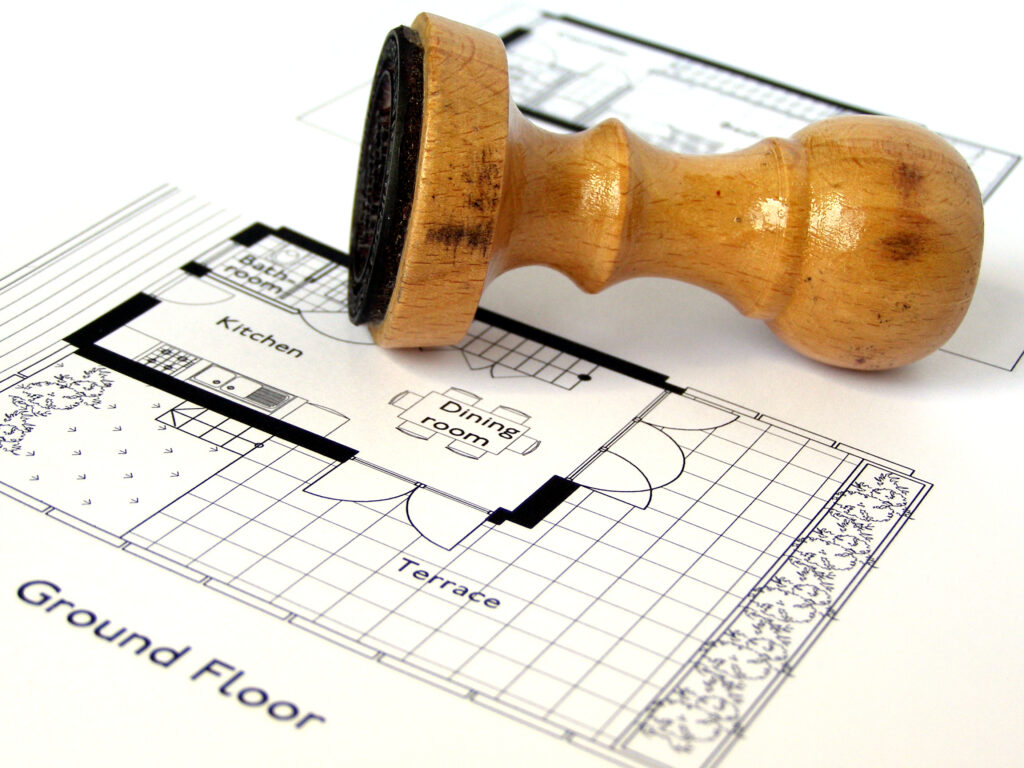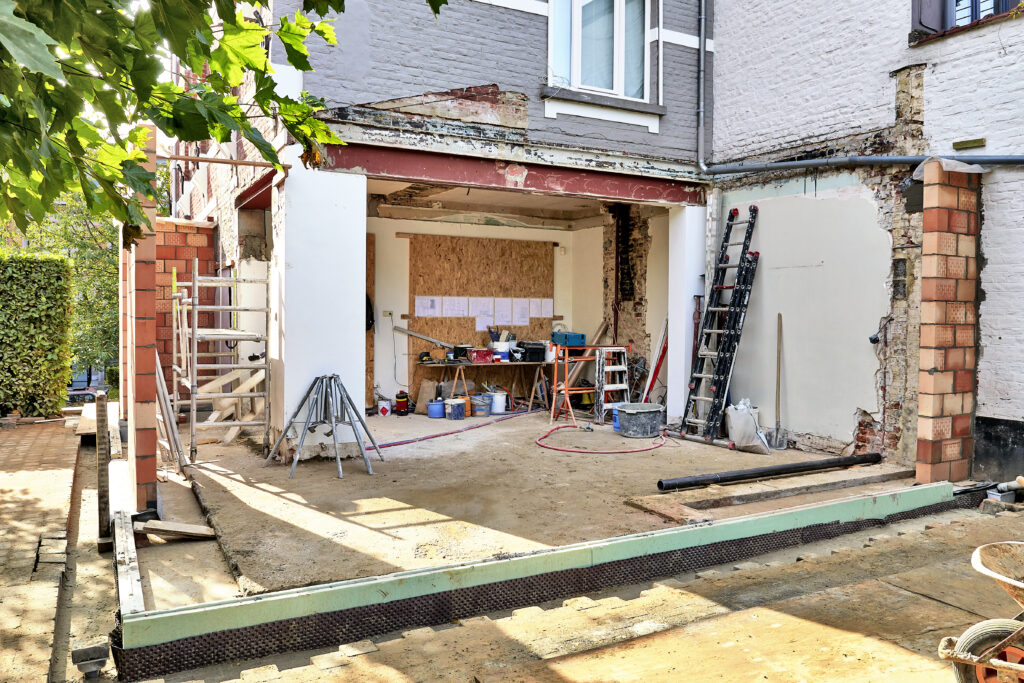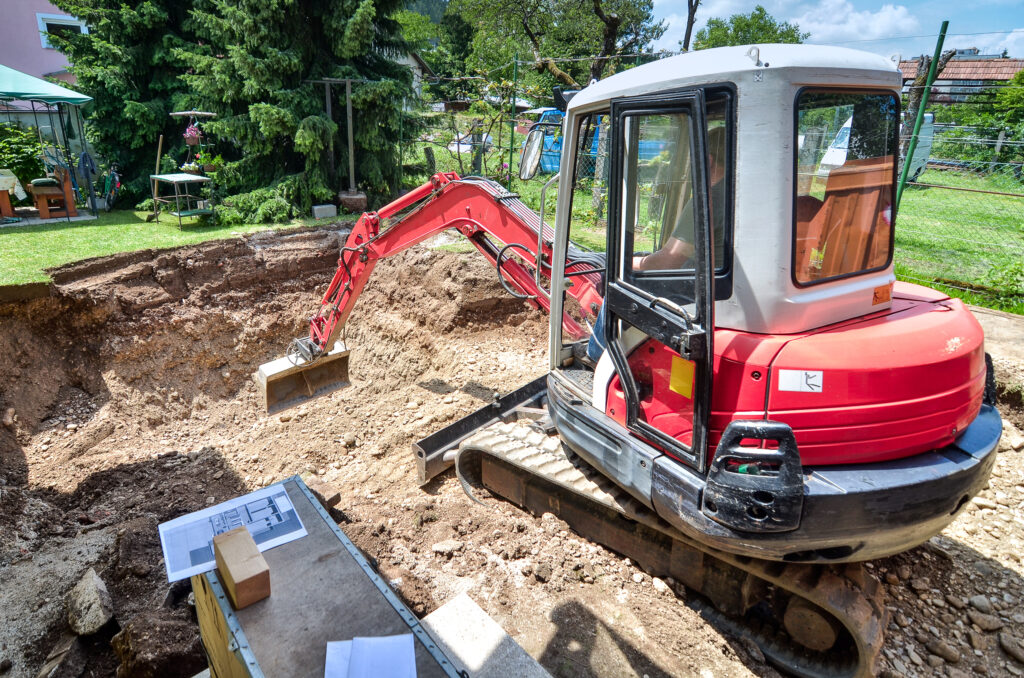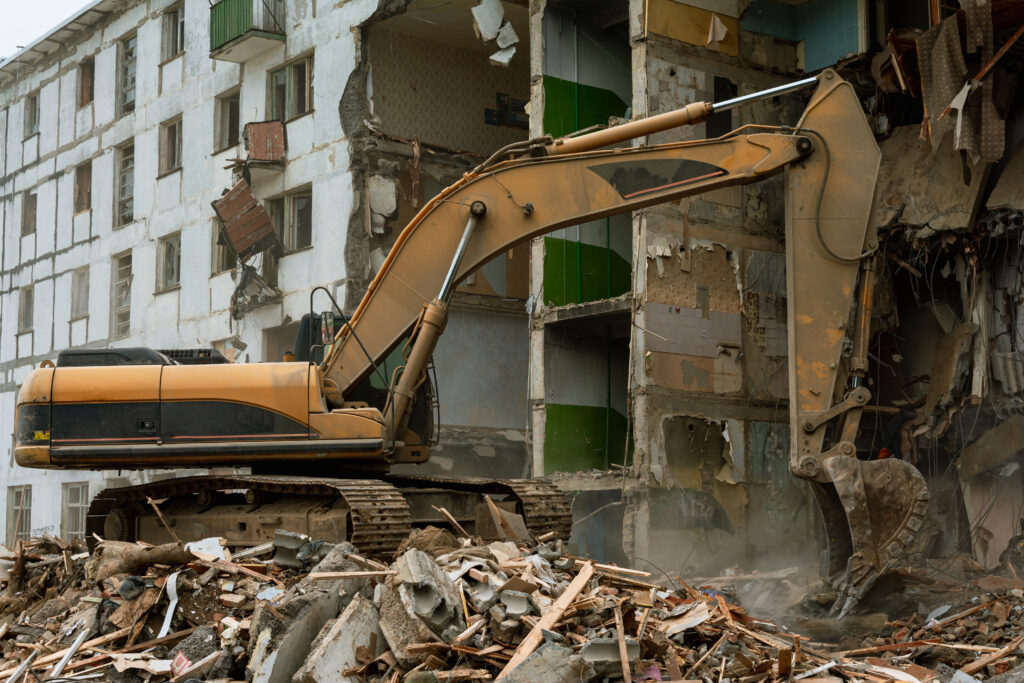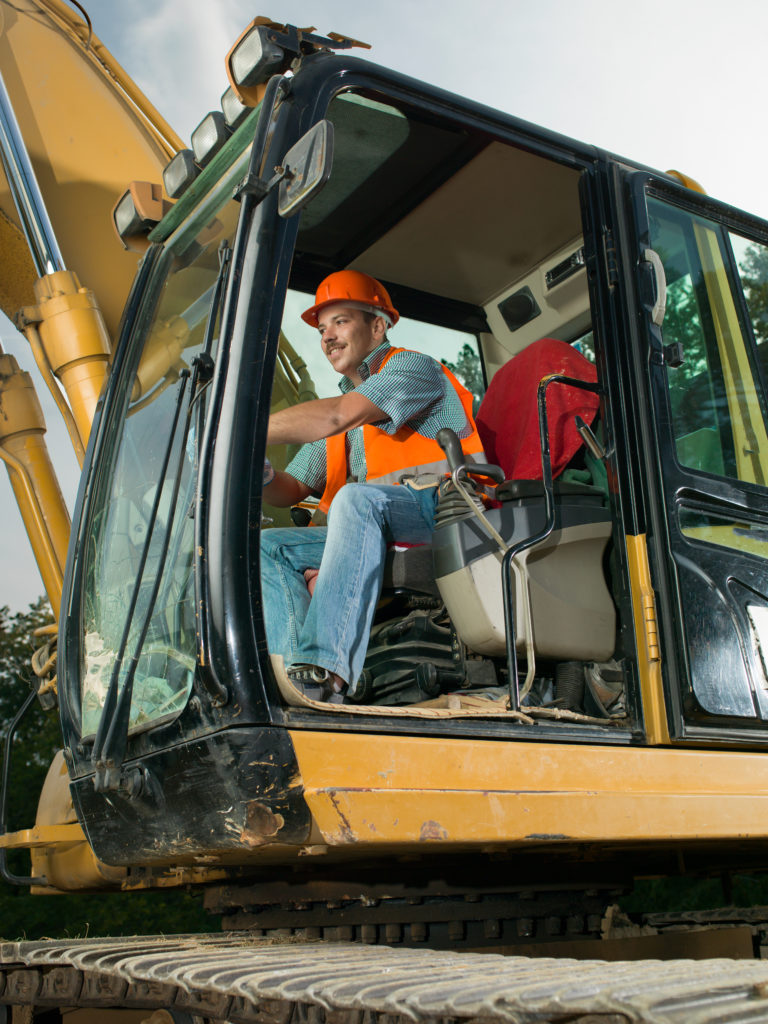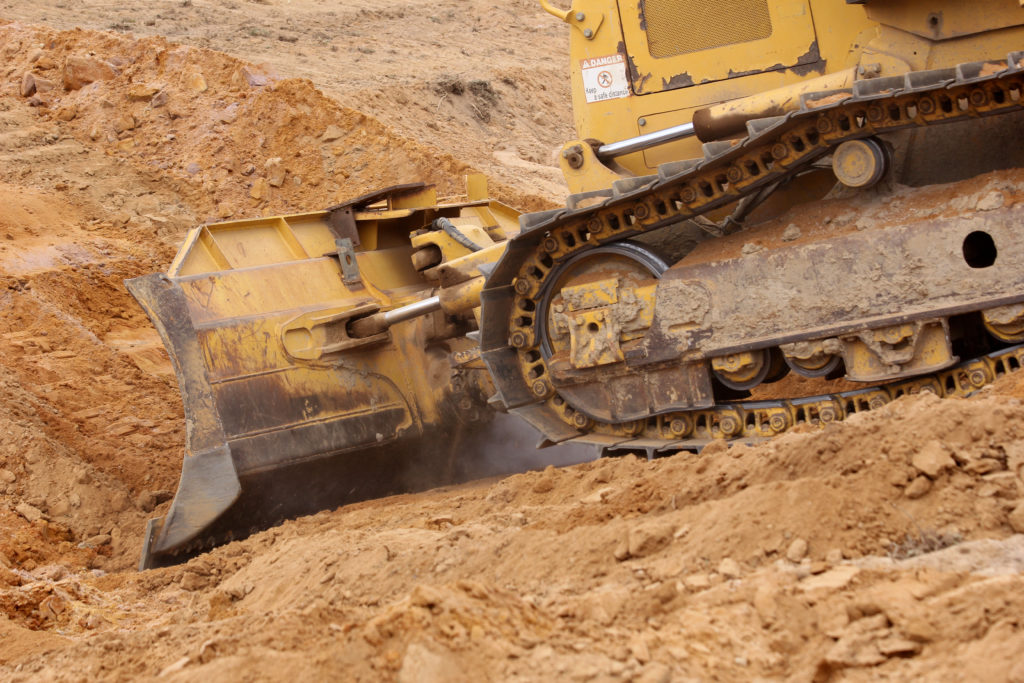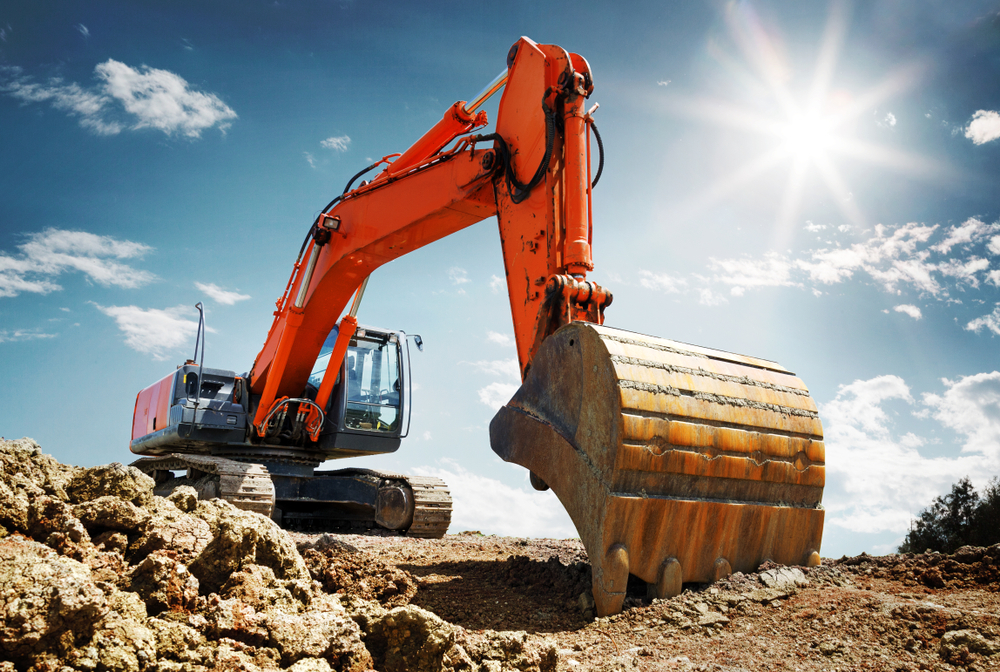
Excavation is the first step in prepping a site for the construction project. The process of excavation includes clearing rocks, plantation, soil, existing structures, and debris from the construction site. The amount of clearance required is determined by the magnitude of the project. Nonetheless, the excavation needs to be thorough in order to avoid any issues as the construction project continues. The following are some common issues you may encounter while excavating that can be problematic later down the line.
1. Poor Soil Quality
Determining the quality of soil is an integral part of construction planning. Construction on muddy and rocky terrain is problematic to start with. Such soil does not drain well and might not be able to support heavy loads. While excavating, it will be clear if the soil is suitable for construction. Always be on the lookout for sandy and gravel soils for the best results.
Related: Learn more about how you can avoid trenching problems in the soil here.
2. Check for the Water Level
If your construction site is close to a body of water or in a wet environment, it is advisable to check for the water levels of the area before starting off a construction project. Just like it is important to check the soil quality, it is essential to know the water content as well. Excavating the site helps you understand the water levels. If they are high, you might need to install pipes, trenches, pumps, or other drainage systems to protect your foundation.
3. Beware of Uneven Land
The excavation of your plot usually takes longer when the construction site is uneven. The ground needs to be leveled for any construction project to be successful. To accommodate slopes that can’t be leveled with excavation techniques, you might need to install retaining walls, specialized drainage systems, or other amenities.
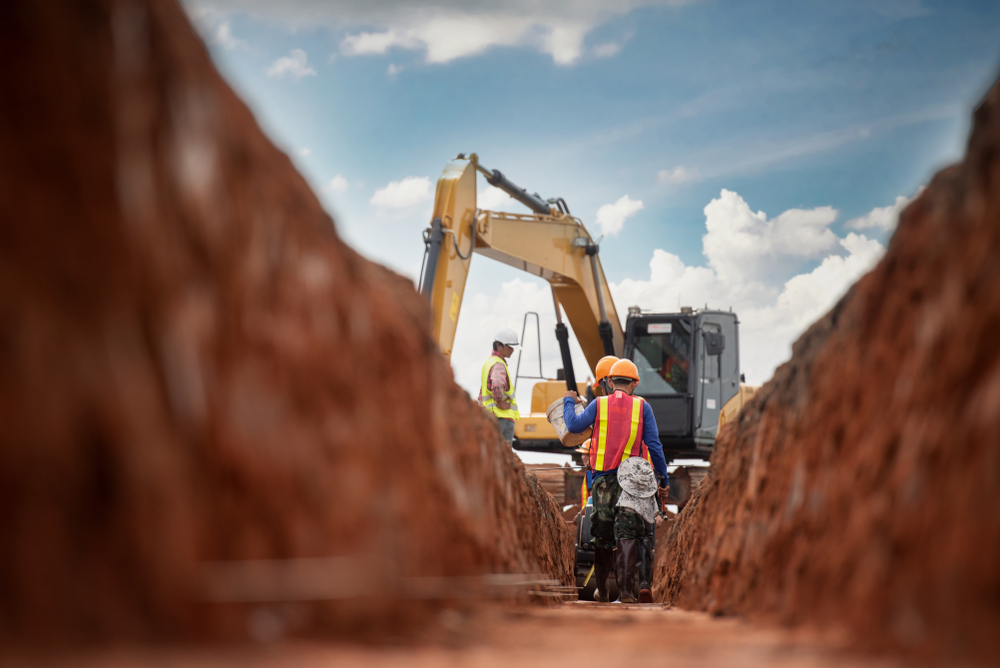
Conclusion
Are you looking for great demolition and excavation services? Thanks to Morgan Services Group Corp, these services are available for New York clients to rely on. We have been an established name in the industry for the past 20 years. We are available to serve you whenever you need us. Visit our website or give us a call at +1 855 800-3366 to avail our services.

